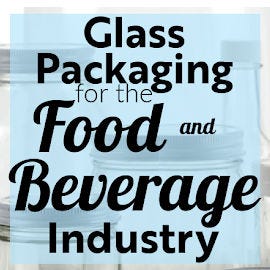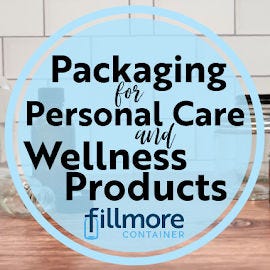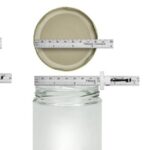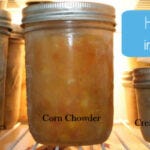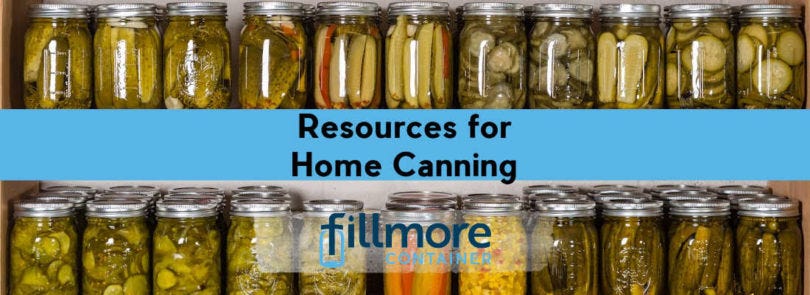
Resources for HOME CANNING & PRESERVING
There is much science behind the art of preserving food safely. The exact timing and temperature combinations during the canning processes, low acid vs. high acid foods, food density, water activity, sugar or vinegar proportions and so much more! Whether you are preserving for your home use or developing a recipe to have approved for sale, it is helpful to understand as much of the science in the process as possible. It is important to do your research, and trust reputable resources so that you can be confident your home-preserved food is safe.
Since we speak to customers who are utilizing a range of preserving processes, we do reference processes not currently approved for “home canning” by the National Center for Home Food Preservation. However, the recipes we share for preserving are in compliance with NCHFP recommendations. Any recipes for canning on our site, even if shown with a 1-piece lid or a lug lid can be processed in jars with the home canning 2-piece lid, unless otherwise noted. On this page, you’ll find a range of useful and informative resources for home canning from our site, the National Center for Home Food Preservation and Penn State Extension.
National Center for Home Food Preservation
The National Center for Home Food Preservation is an excellent source for research-based recommendations for home food preservation. The NCHFP offers tips, recipes, and safe methods for preserving food at home. Learn how to Can, Freeze, Dry, Cure & Smoke, Ferment, Pickle, make Jam & Jelly, and more. Check out their blog for seasonal tips.
Canning Recipes & Tips from Fillmore Container
Penn State Extension
Penn State Extension is another trusted resource for home canning in addition to other preserving methods. The Extension office offers a number of workshops, covering topics such as preserving tomatoes and salsa, pressure and water bath canning, drying, and fermenting pickles and sauerkraut. There are also the “Let’s Preserve” fact sheets detailing methods for processing fruits, vegetables, and meats.
Other states may offer similar resources, so it’s worth also checking with your local extension office to see what offerings they may have. We have tried to build a list of those links, but we’ve found that as budgets are adjusted, some of these programs fluctuate in what they are able to offer, and how they communicate with the public. As a general rule, however, states will operate under the same set of guidelines when it comes to home preservation, so you should be able to use any of the extension education with confidence.
Webinars and Workshops
We’ve collated a list of sites which occasionally offer online or in-person classes. Please keep in mind that these can change frequently, and are sometimes managed by individuals (master preservers) who have busy lives and may only be able to offer classes seasonally. Announcements and contact methods may change as well, so if the social media contact isn’t provided, you may wish to check them out there to get the latest updates.
Let’s Preserve Fact Sheets
Our local Penn State Extension office sends these newsletter-style fact sheets out periodically. They are packed with tips for preserving in a variety of ways, and usually have at least one canning recipe relevant to the season. You can sign up to receive these, or snag the ones from our page that interest you most. Consider checking with your state extension to see if they offer a similar resource.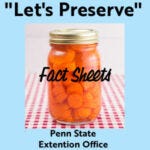
Let’s Preserve Blueberries
Let’s Preserve Pears
Let’s Preserve Strawberries
Let’s Preserve Tomatoes
Let’s Preserve Squash and Pumpkins
